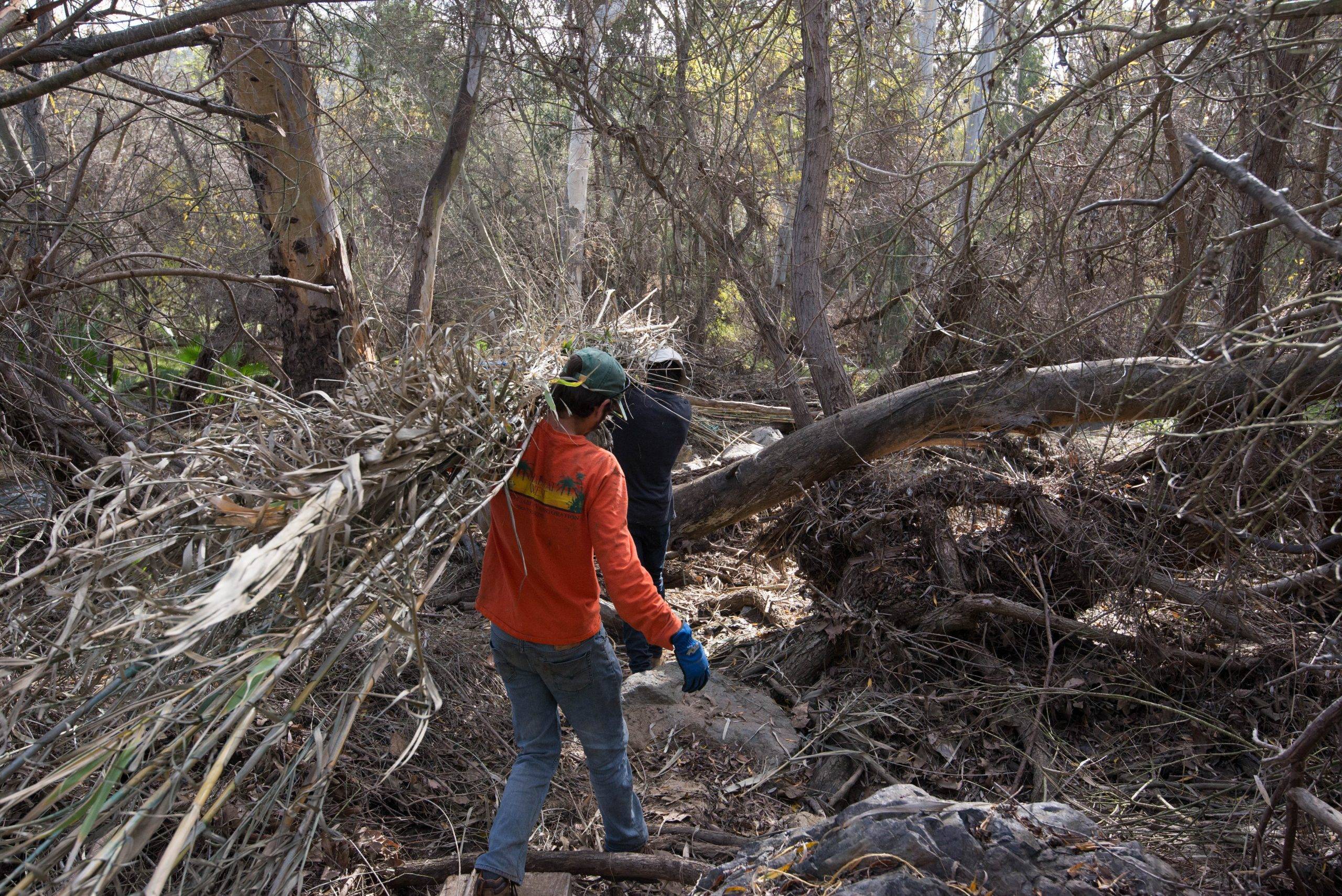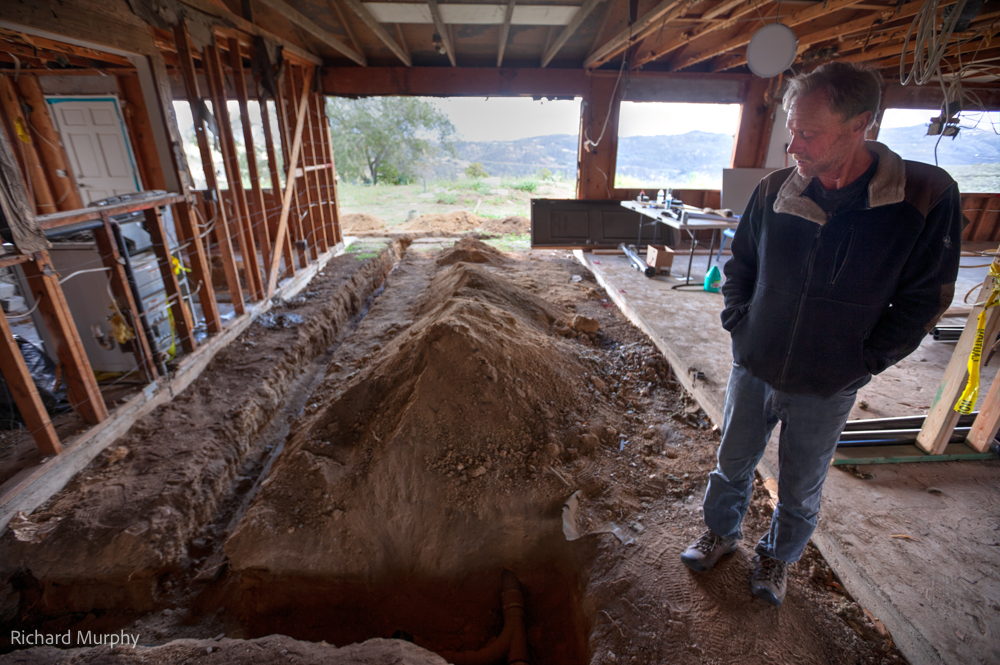
Fire Prevention Project Awarded Funding
One of the greatest threats to California’s unique native landscapes is infestation from non-native invasive plants, often referred to as weeds. These weeds, such as highly flammable non-native grasses, put our neighborhoods and wild areas at risk of devastation due to catastrophic wildfires.
With that in mind, we were thrilled to learn last month that the Conservancy has won a highly competitive grant from the California Department of Fish and Wildlife for $552,097 to reduce weeds and prevent fires in the heart of the Escondido Creek watershed! The grant, crafted by our very own land manager, Hannah Walchak, was the only implementation grant funded south of Ventura County. The funding will support a watershed-wide invasive plant management strategy and allow the Conservancy to hire arborist and restoration contractors, including Urban Corps.
“We love helping our wildlife in the Escondido Creek watershed, but it’s wonderful to be part of a project that also protects people—in this case it’s from the risk of wildfire,” said Walchak.
In addition to reducing risk of wildfire, we’re also restoring San Diego County’s renowned biodiversity. The combination of great biodiversity with a large and growing human population results in San Diego County having among the largest numbers of rare and endangered species (San Diego County Mammal Atlas, 2017). With more than 95% of our region’s riparian habitat lost, it is critical to celebrate functioning patches of precious oak riparian woodlands, reduce wildfire risk, and provide safe access for residents to enjoy these special places that were once common (Southern California Wetlands Recovery Project, 2001).
The project area spans an approximately 8-mile stretch of the Escondido Creek, from Harmony Grove to Olivenhain. The project aims to treat at least 70 acres of public and private lands along Escondido Creek, including three Conservancy-owned Preserves and about 3,000 linear feet of creek frontage on at least four private neighboring sites that border and intercede conserved lands.




